In the world of cooking and culinary arts, the choice of knives is paramount. Knives are not just tools; they are extensions of the chef's hand and artistry. This blog post delves into the intricate differences between traditional and modern knife designs, illuminating the craftsmanship that goes into creating stunning pieces like the handmade Damascus knife. Whether you are a culinary novice or an experienced chef, understanding these nuances can elevate your kitchen experience. Let’s cut right into it!
The Essence of Traditional Knife Design
Traditional knife designs have a rich history that dates back centuries, often reflecting the culture and culinary practices of their time. These knives are typically known for their durability, craftsmanship, and specific purpose-oriented designs.
Craftsmanship and Materials
One of the hallmark traits of traditional knives is their unparalleled craftsmanship. Skilled artisans meticulously forge each knife, often employing time-honored techniques passed down through generations. Common materials for traditional knife blades include high-carbon steel and stainless steel, offering exceptional sharpness and edge retention.
For instance, the handmade Damascus knife is celebrated for its distinctive blade patterns, which are not just visually captivating but also optimize the blade’s performance. The layers of steel provide resilience and strength, making them ideal for various culinary tasks.
Design Characteristics
Most traditional chef knives exhibit a classic silhouette with a curved edge and pointed tip, making them perfect for a rocking motion during chopping. Their handles are often crafted from natural materials like wood, promoting a comfortable grip that can withstand years of use.
Overall, traditional knife designs emphasize functionality combined with beauty, appealing to those who appreciate the art of cooking.
The Evolution of Modern Knife Design
On the flip side, modern knife designs have evolved through innovations in technology and materials, catering to the diverse needs of today’s chefs. These knives incorporate contemporary sensibilities while still fulfilling the fundamental purpose of cutting and food preparation.
Materials and Technology
Modern chef knives are frequently crafted from high-tech materials such as ceramic, titanium, and advanced stainless steels, enhancing their longevity while often reducing maintenance needs. These materials can make knives lighter and sometimes even more ergonomic, which is a primary consideration in modern kitchen settings.
Some modern knives also take advantage of techniques like cryogenic treatment, which can enhance the hardness and sharpness of the blade significantly. This innovation allows chefs to maintain their knives effortlessly, focusing more on their culinary creations than on upkeep.
Design Trends
Modern knife design tends to adopt a minimalist aesthetic, often featuring a more streamlined look that can be appealing and functional. Many modern chef knives are designed with handle ergonomics in mind, utilizing soft-touch materials that make long cooking sessions more comfortable for the user. Moreover, the addition of non-slip grips addresses safety, allowing chefs to work with confidence.
Another trend in modern knives is the increasing popularity of customizable features, where users can choose blade shape, handle material, and even weight specifications. This level of personalization has never been more accessible, encouraging chefs to select knives that align seamlessly with their unique cooking style.
Functionality and Versatility: A Closer Look
Blade Versatility
When comparing traditional vs. modern knives, versatility is crucial. Traditional knives are typically designed for specific culinary tasks, such as slicing, dicing, and mincing. The handmade Damascus knife, for instance, can adapt to various tasks, making it an invaluable addition to any chef's collection.
In contrast, modern knives, particularly chef knives and sets, tend to be designed with multifunctionality in mind. A single modern chef knife can handle various tasks, offering chefs the flexibility to switch between chopping vegetables, slicing meats, or even filleting fish without needing to reach for multiple tools.
Edge Retention and Maintenance
Traditional knives are generally known for their sharpness and edge retention; however, they may require regular honing and proper care. High-carbon steel blades, often favored in traditional designs, can start to rust if not properly maintained but can be honed to achieve an extreme level of sharpness.
Modern knives often incorporate features that promote ease of maintenance. For instance, stainless steel blades can resist dulling and corrosion more effectively than their traditional counterparts. While some modern designs still require care, the advancement of materials has made them far more forgiving, making them ideal for busy kitchens.
Price Point: Is It Worth the Investment?
When discussing traditional versus modern knives, price can often be a turning point for many chefs. Traditional handmade knives, especially ones like the handmade Damascus knife, can command a premium price due to the time, expertise, and materials needed for their crafting. However, chefs often argue that investing in a high-quality knife is non-negotiable, considering the lifetime performance and heritage associated with those blades.
On the other hand, modern knives often come at a varied price range, catering to both entry-level and professional chefs. While the initial investment might be lower, the longevity and technology behind these knives justify their cost over time.
Suitability for Different Types of Chefs
Choosing between a traditional and modern knife often comes down to the personal preferences and unique needs of the chef. Novice cooks may find modern designs easier to handle, their lightweight and ergonomic features serving as a confidence booster in the kitchen.
Conversely, experienced chefs or culinary enthusiasts may gravitate towards traditional knives, valuing the craftsmanship and aesthetic appeal that they bring to culinary practices. The handmade Damascus knife can serve as a functional piece of art in their kitchen, reflecting a commitment to quality and tradition.
Maintenance and Care: A Recipe for Longevity
No matter which style you prefer, proper care and maintenance will ensure that your knives remain functional and safe to use for years to come. Here are some essential tips:
- Regular Honing: Keep your blade sharp by honing it regularly. A honing steel is a valuable tool for maintaining the knife’s edge.
- Washing and Drying: Always hand wash your knives with mild soap and water. Avoid the dishwasher, as harsh detergents and high heat can dull the blade.
- Storage: Proper storage is essential. Use a magnetic strip or knife block to prevent blade dulling and safeguard against accidents.
- Avoid Hard Surfaces: Never chop on hard surfaces like glass or stone. Instead, use wood or plastic cutting boards to maintain your knife’s sharp edge.
Sharp Wisdom: Finding Your Perfect Knife
Ultimately, whether you choose a traditional knife steeped in history or a modern design pushing contemporary boundaries comes down to personal preference and practicality. For the home chef, investing in a well-crafted device like a handmade Damascus knife or versatile chef knives & sets can elevate cooking experiences, bringing joy and efficiency into meal preparation.
As you explore your options, consider what resonates more with your cooking style, maintenance willingness, and aesthetic tastes. Engaging with both styles can often provide a balanced set of tools that cater to your culinary adventures.
May your culinary journey be foraged with precision, inspired by craftsmanship, and fueled by passion. With the right knives in hand, you’re not just chopping; you’re carving your way to a masterpiece.
Embark on a journey through the Shopify store of another user. Click here to visit their store. Please note that this is a promotional link, and we do not guarantee the content of the linked store.








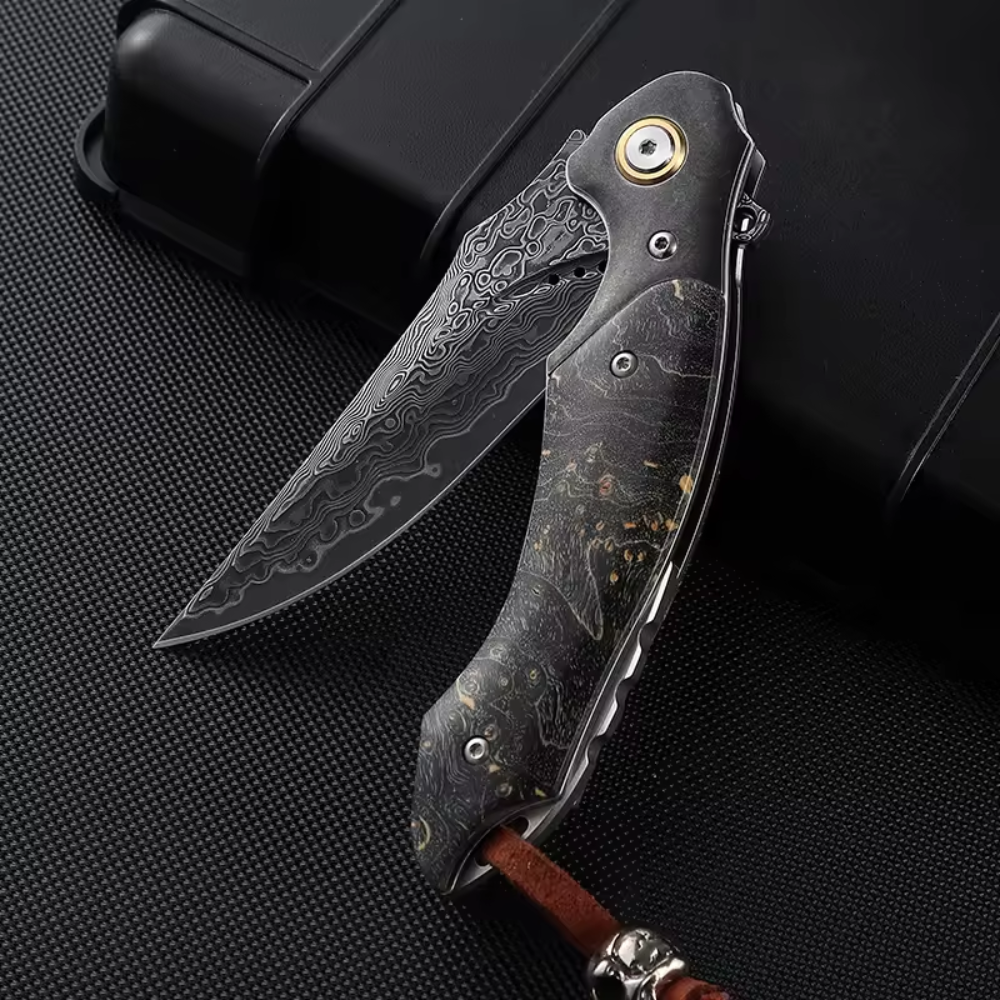
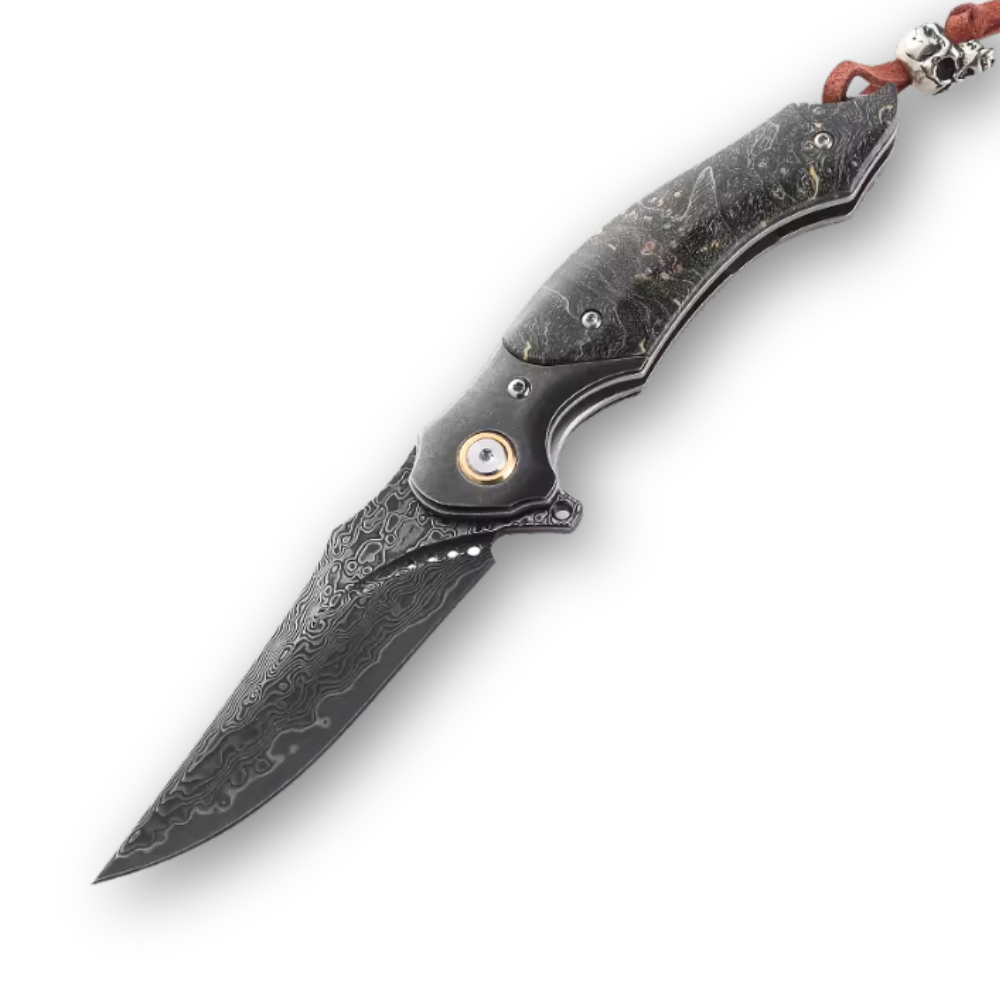
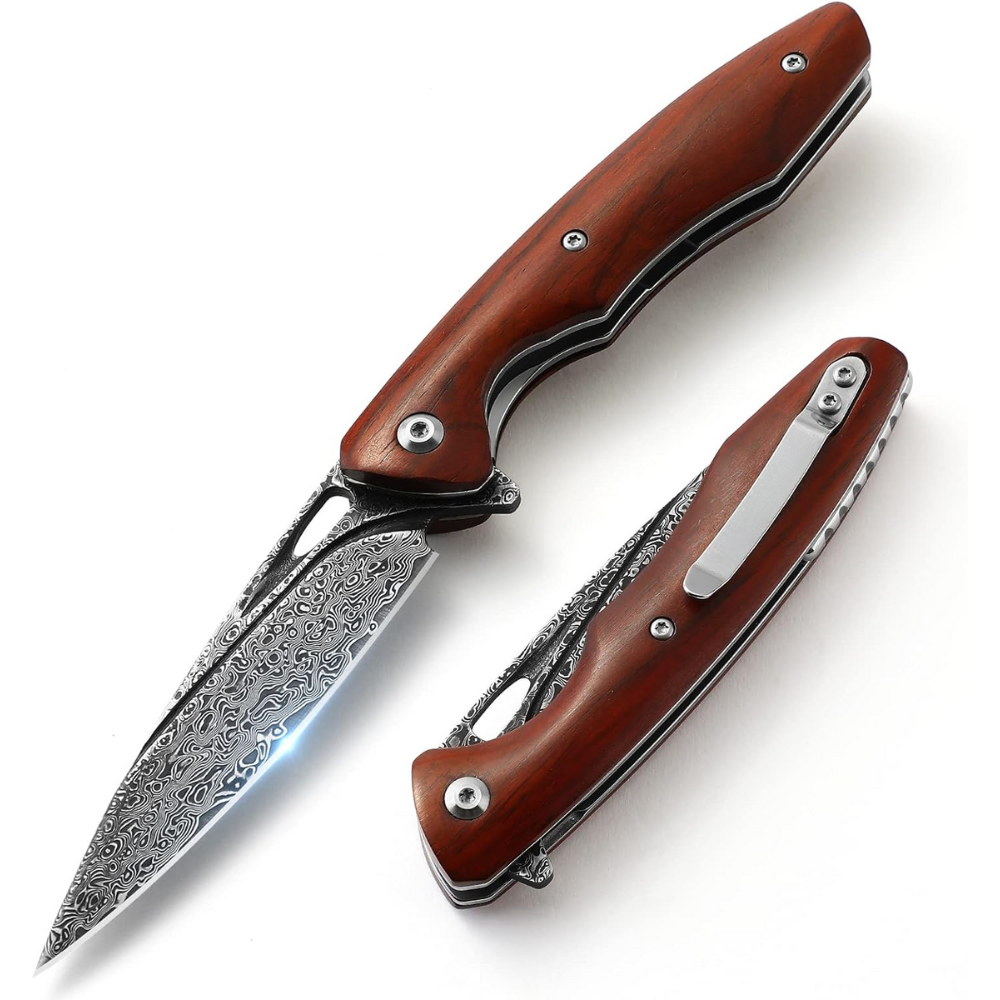
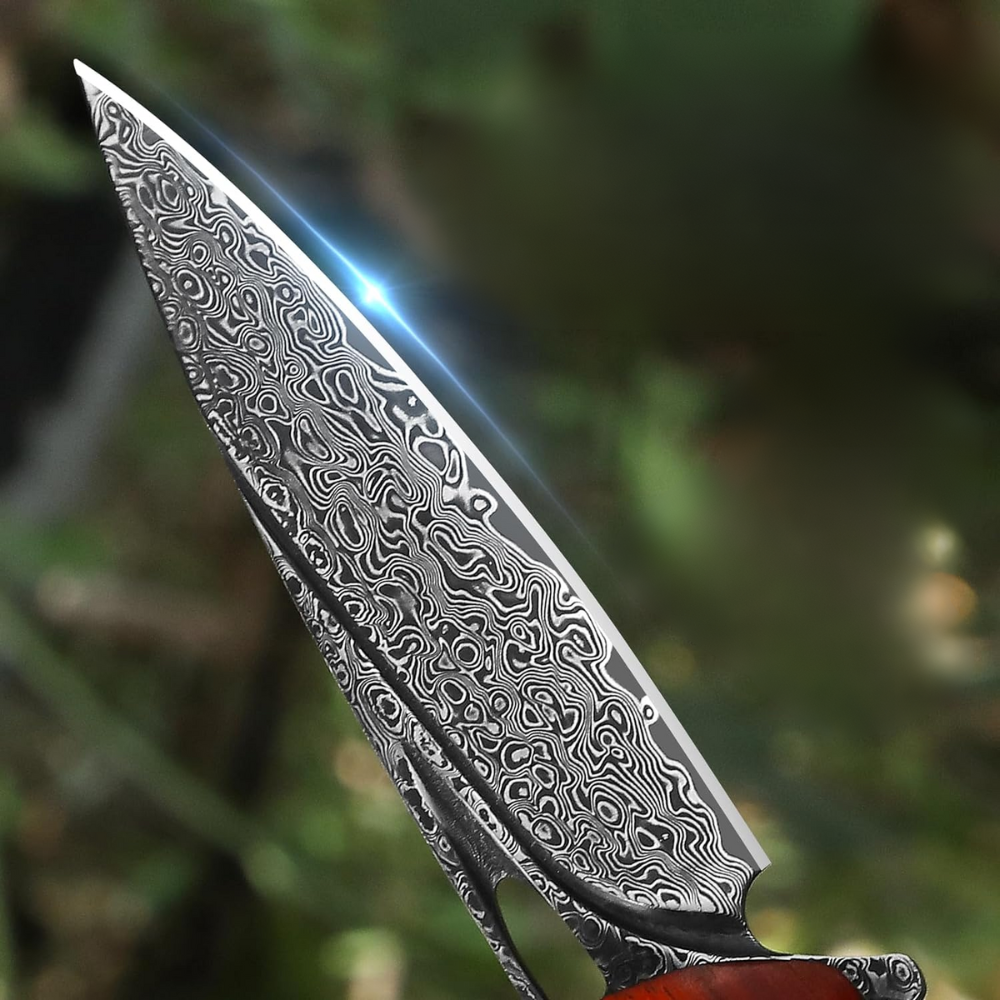








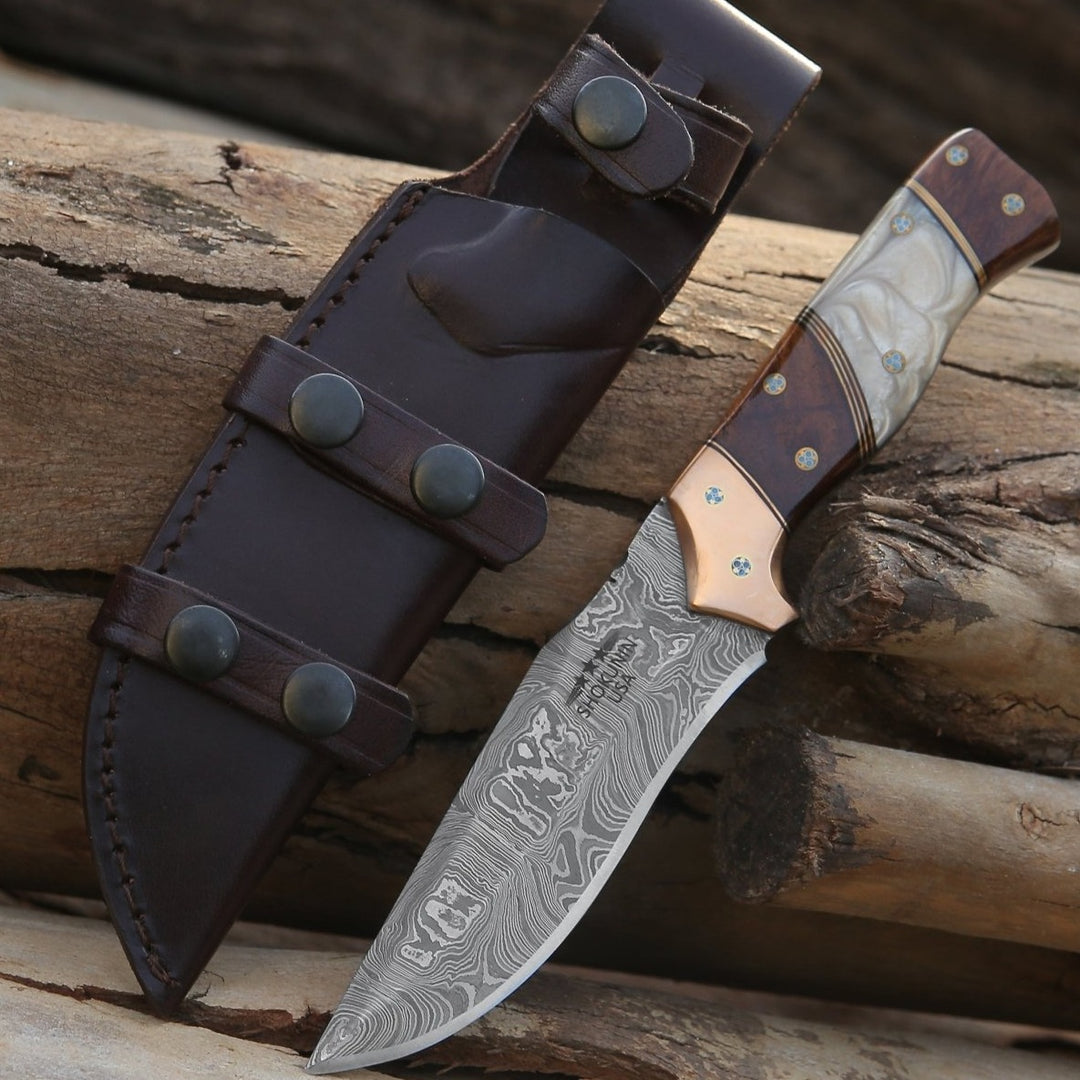
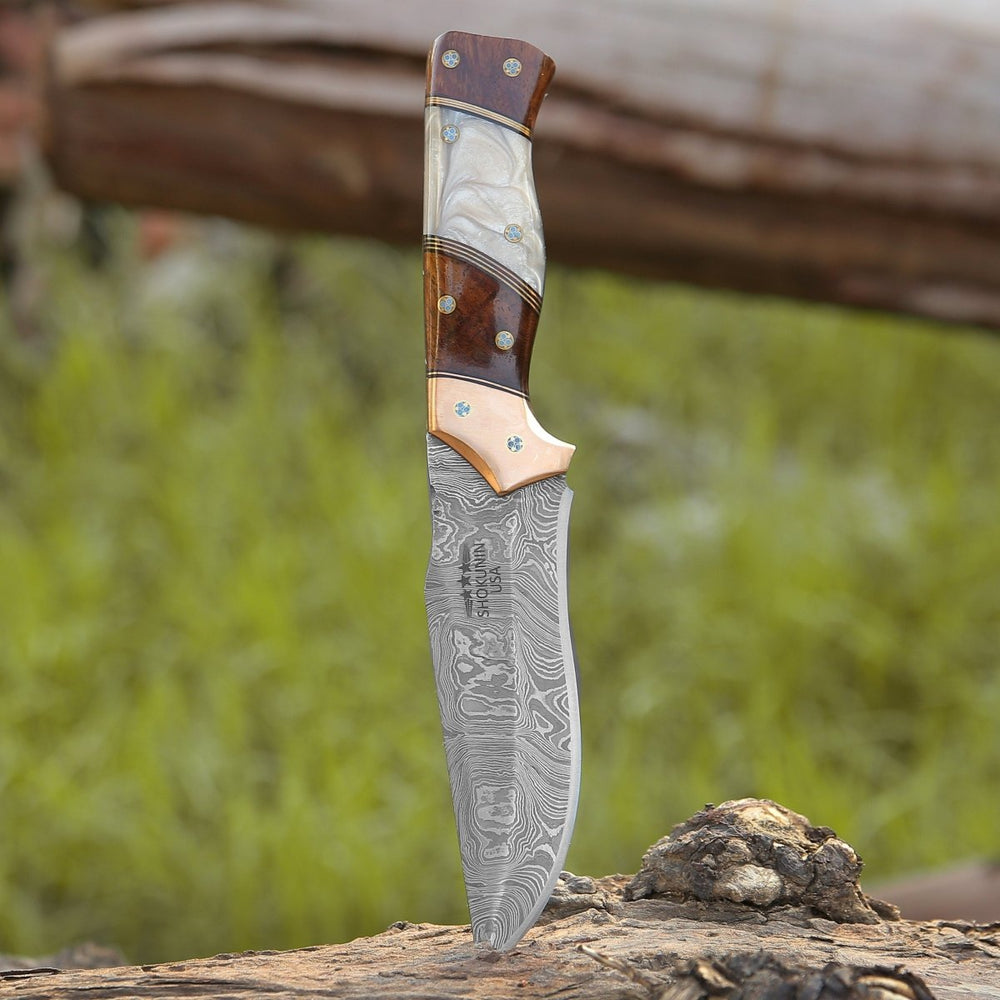


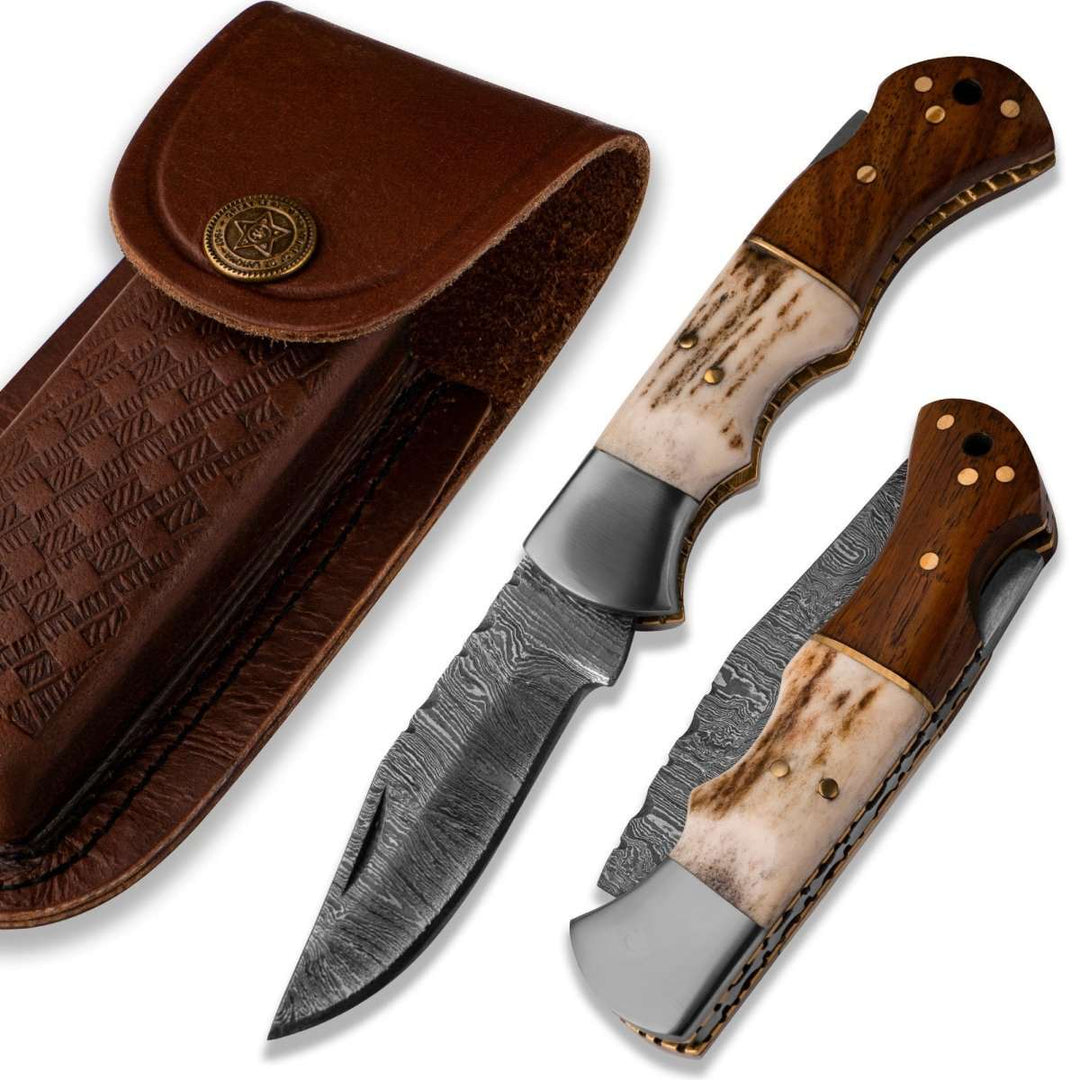
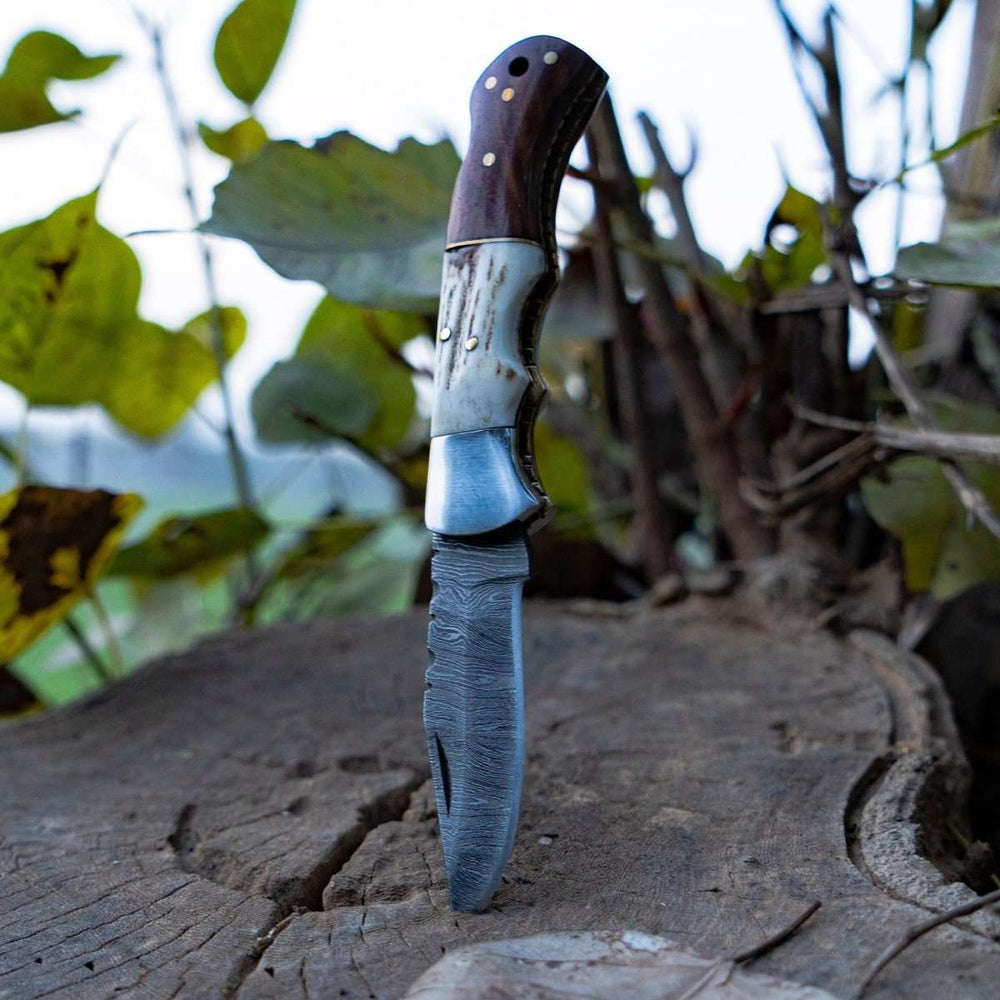




Leave a comment